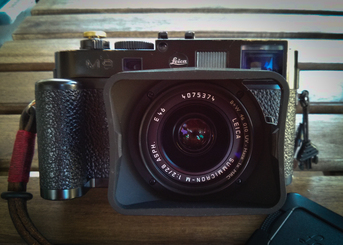
Why 28mm?
First, some basic information. 28mm is the widest focal length on a full-frame Leica M camera that you can use with built-in framelines, if you don't want to bother with external viewfinders. Leica shooters have long argued the advantage of having a fixed magnification viewfinder with framelines is better than liveview viewfinders (You see exactly what the sensor see) is the ability to see outside of the frame, allowing the photographer to better compose and anticipate action. Well, 28mm is kind of pushing it, because you don't really see much outside of the frameline and for someone wearing glasses, you might have trouble seeing the entire frameline easily.
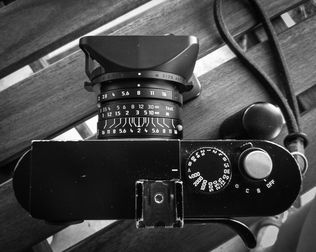
Well, most 28'Cron owners will complain about the giant hood that Leica has paired with this lens. They did release special rounded hood for 28mm later, part #12466. In my own experience, I don't really mind. I bought an aftermarket 46mm screw-on hood, but never really used it. The hood is also thicker than other hoods I've seen, so it will offer solid protection against accidents. My only complaint is the large hood takes up a lot of room in the bag. I suspect the reason for the large hood is the problem with vignette. In less than ideal lighting (dark), I find the 28'Cron can sometimes show pretty heavy vignette, even with the large hood. However, since I often add in artificial vignette in post-processing, I actually like it. If you take the hood off, then the lens seems much more normal and diminutive.
Now we're talking. I've tried several other lenses before settling down with the 28'Cron, namely the Leica 28mm Elmarit-M and the Zeiss 25mm Biogon. In the end, I just felt that I needed a faster lens for in-door situations. Once I tried out the 28mm'Cron, I quickly sold the others because I love the images I get from it. The 28'Cron has a much deeper depth of field than I'm used to on a 35mm or 50mm lens. Even with the aperture set at f/2 and shooting a close subject, the background will never get blurred out of existence. For that reason, I love it for environmental shots where the background is just as important as the foreground, and I won't be afraid of shooting with f/2 all the time because I know the background still show up. Chromatic Aberration (CA) is also well controlled when shooting wide open. I can't quite pin point it, but it has its own character when rendering an image... it's plenty sharp and very contrasty.
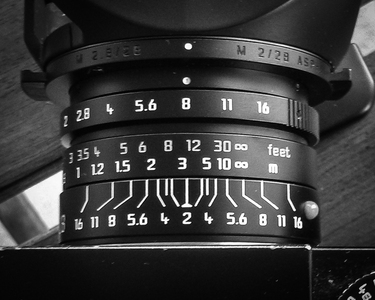
28mm is not extremely wide, so I often shoot with it all day long when going outdoors. You can still get a normal-like shot if you just take a few steps closer, and I don't find distortion much of an issue. Some street shooters actually prefer the 28mm focal length. Beside being wider, it's deeper depth of field also means there is less of a chance of missing critical focus. If you look at the distance scale image, you can easily set a zone-focus between 2-5 meters for f/4, or change the aperture to f/8 and get the hyperfocal distance to start from close to just 6 feet away! That's extremely useful when you don't have much time to carefully focus on your subjects. While I wouldn't recommend this to be your one and only lens, I think this will make a great pair with a fast 50mm, like the 50'Lux.
So that's it. My search is over and the 28'Cron is here to stay. Nowadays, if I'm going out with a single lens in mind, I'll take the 35'Cron for day and 50'Lux for night, otherwise, it's pretty much always the 28-50-90 combo, and I'll mount the 28mm first. I've started tagging my posts with the lenses used, so if you wish to see some sample images, you can just click on the "28'Cron ASPH" tag on the right side of the page.
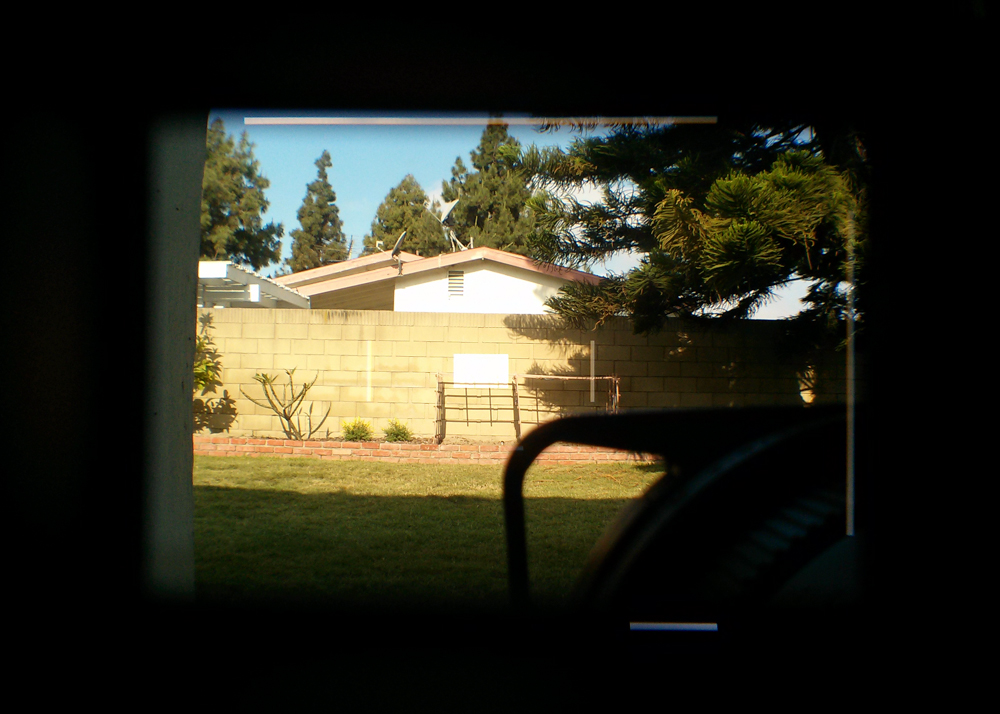
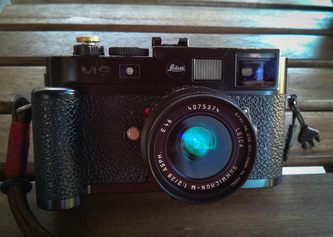
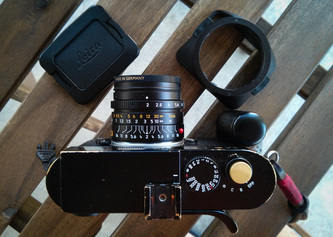
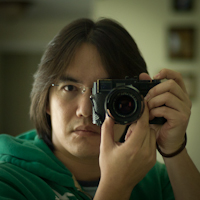

 RSS Feed
RSS Feed

